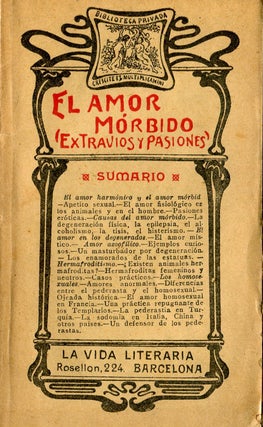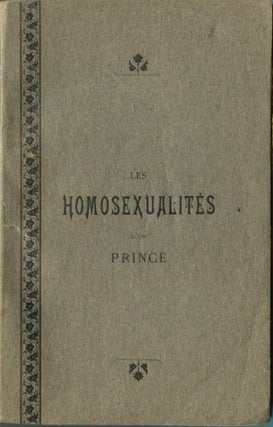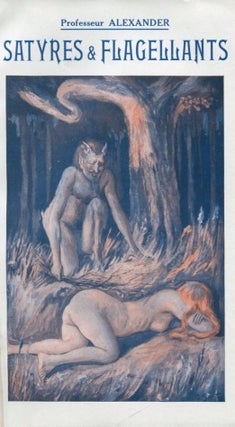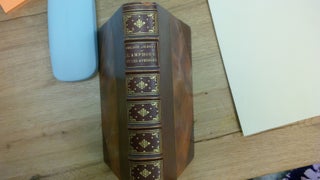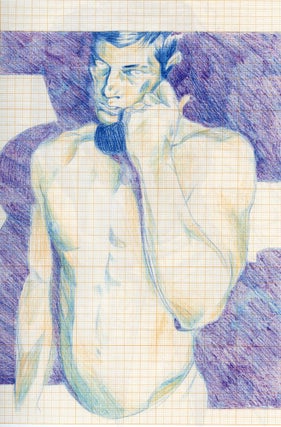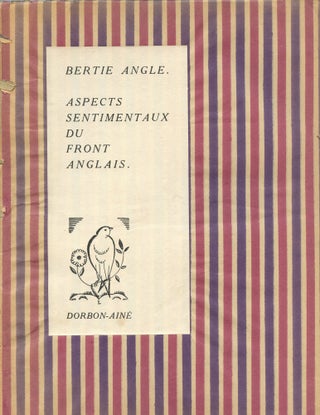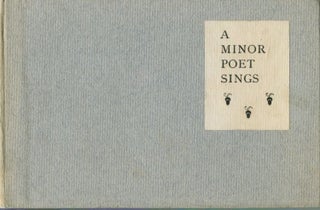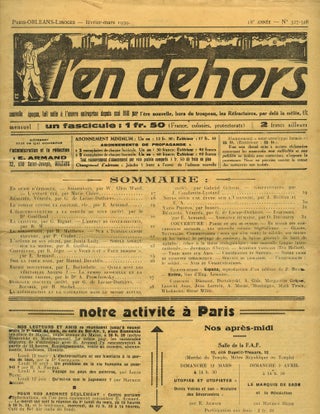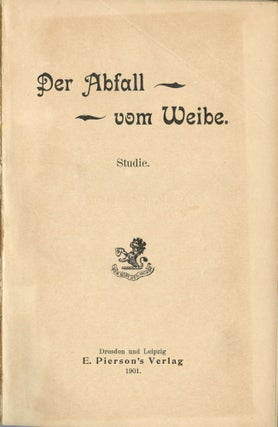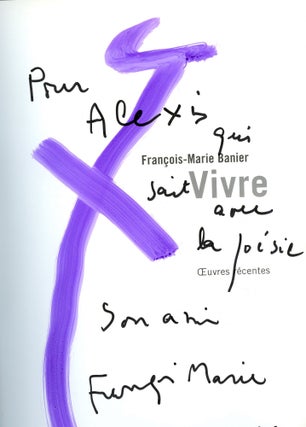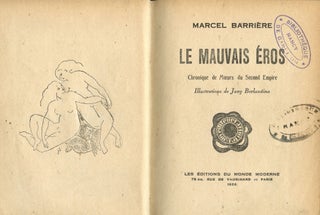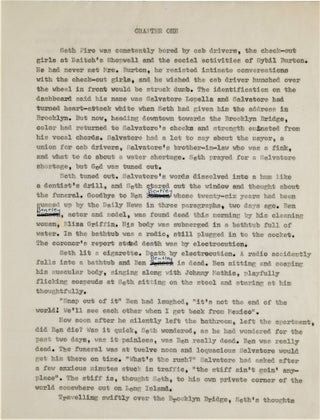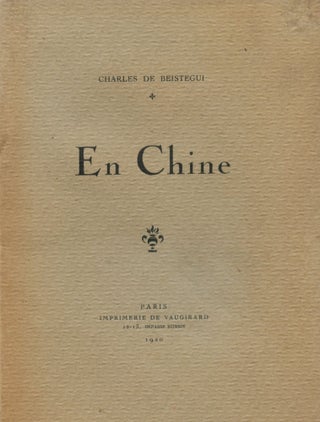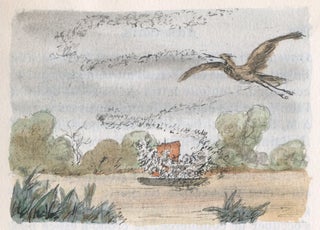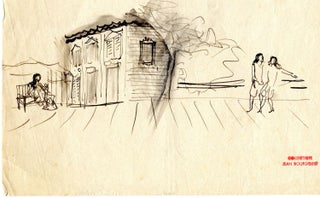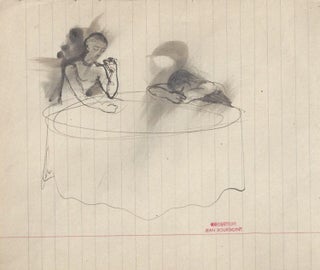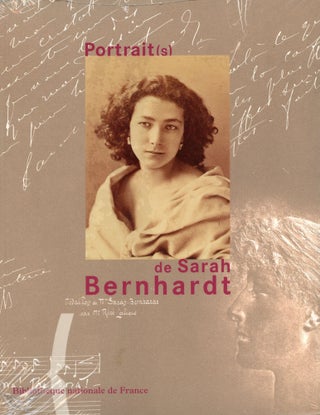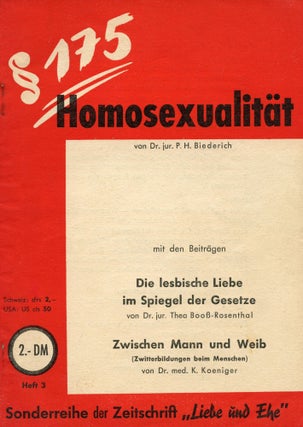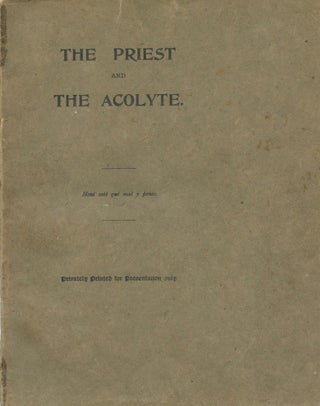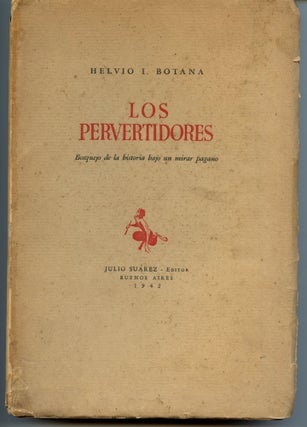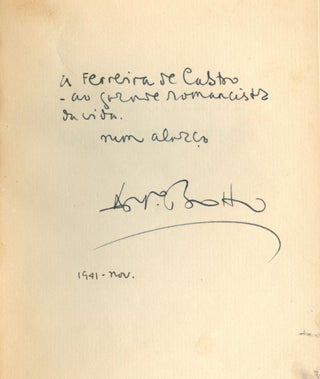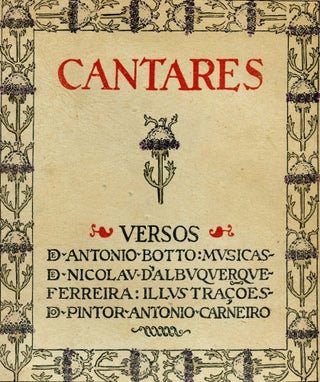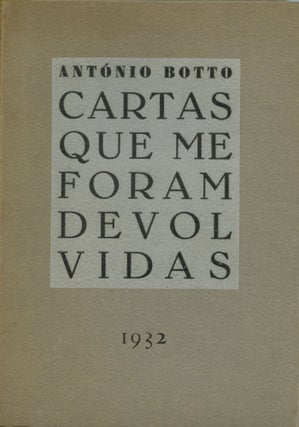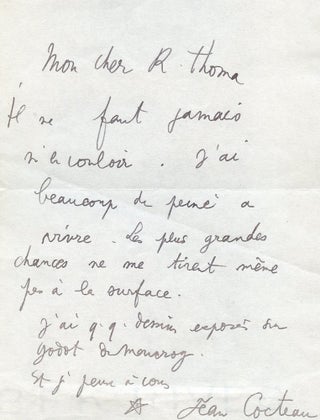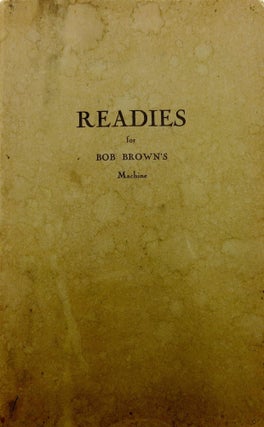La Lujuria Humana (Estudio médico-Social); El Amor Morbido (Extravíos y Pasiones); La Impotencia; El Matrimonio Teorico y Practico; El Matrimonio, El Divorco y El Adulterio; Los Misterios de la Fecundation
Barcelona: La Vida Literaria (1903?). 95pp. Six issues of a series dedicated to an assortment of pseudo-scientific examinations of sexual subjects. In addition to explanations of the causes of impotency, uses of aphrodisiacs, prohibited sexual positions and problems associated with celibacy, two issues include an extensive analysis of homosexuality: "diferencias entre el pederasta y el homosexual.-el amor homosexual en Francia- una practica repugnante de los Templarios-la pederasta en Turquia....sodomia en Italia, China....un defensor de los pederastas." Generally very good in lightly worn wrappers, some browning to covers. The series resembles that produced in Paris around the same time by the Librairie des connaissances médicales. More

